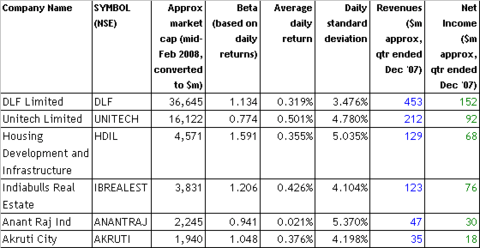HONG KONG & PHUKET, Thailand & BARODA, India--(BUSINESS WIRE)--Buzz Technologies Inc. (www.12buzz.com) is pleased to announce the release phase I of its real estate platform, One-2-Property (www.12property.com) offering the latest technology and services to give property owners a market advantage to reach perspective buyers.
It is estimated that almost over 80% of buyers are now looking for new property online. One-2-Property platform allows real estate agents, developers and property owners access to a suite of products and high-tech tools including Search Engine Optimization propriety to Buzz
Anyone using the One-2-Property platform can also host their own virtual show, flash slide show, mapping and the most detailed database yet. The One-2-Property platform has been built to be extremely user-friendly with 24/7 customer support.
One-2-Property is the new way to market property. The service is designed to be one-stop shop for selling, buying, and renting, with listings from both the residential and commercial sectors.
One-2-Property is the latest revolution in the real estate industry because of its global vision, with online content covering four continents and companies currently operating in five countries. Reaching out to our members and users all over the world gives the members full worldwide coverage, One-2-Property's archive and database are fully categorized and best searchable with an online keyword search facilities. One-2-Property does all the full plan marketing for you and your property both online and print media. Buyers and renters come across us in all search engines, national newspapers, real estate magazines and also major events we sponsor. Through its unique approach to real estate, One-2-Property has become the most valuable and powerful tool there is.
One-2-Property offers dedicated real estate news and useful articles, from around the world, carefully selected and assembled by our team of experienced journalists. A complete source of real estate information, contracts and blue-book for each region are provided with an update for members.
About Buzz:
Buzz Technologies, Inc. is a convergent media company with operations ranging from infrastructure development to online retail.
The foregoing press release contains forward-looking statements based on the Company's beliefs as well as assumptions made by and information currently available to the Company, including statements regarding the timing of the introduction of certain products. These forward-looking statements are based largely on the Company's expectations and are subject to a number of risks and uncertainties which are identified and described in the Company's registration statements and periodic reports on file with the SEC, some of which are beyond the Company's control. Actual results could differ materially from these forward-looking statements as a result of a variety of factors including, among others, issues related to the travel and transportation industries, and prevailing economic conditions in general. In light of these risks and uncertainties, or should underlying assumptions prove incorrect, there can be no assurance that the forward-looking statements contained in this press release will in fact transpire or prove to be accurate.
Contacts
Buzz Technologies, Inc.
Sutida Suwunnavid, +1-212-738-9079
7@12buzz.com
http://www.12buzz.com



